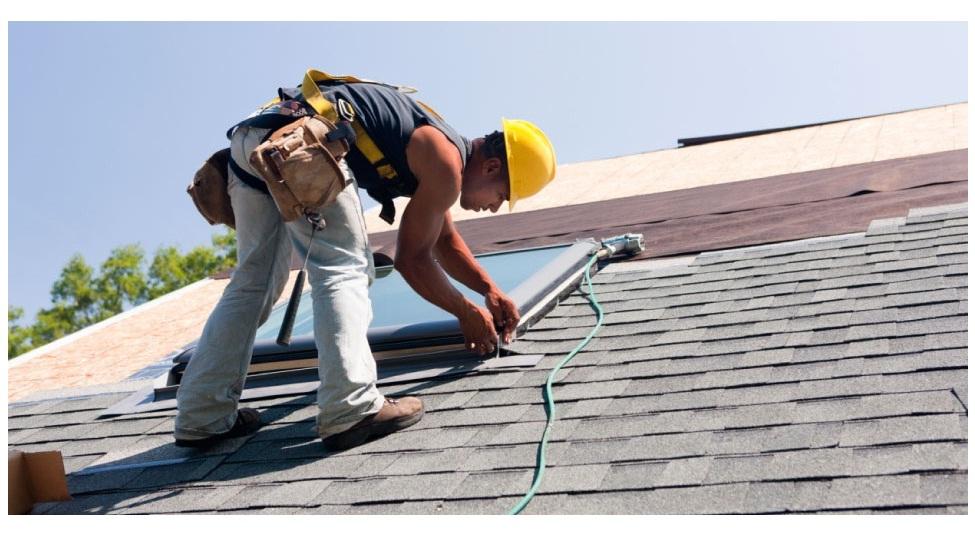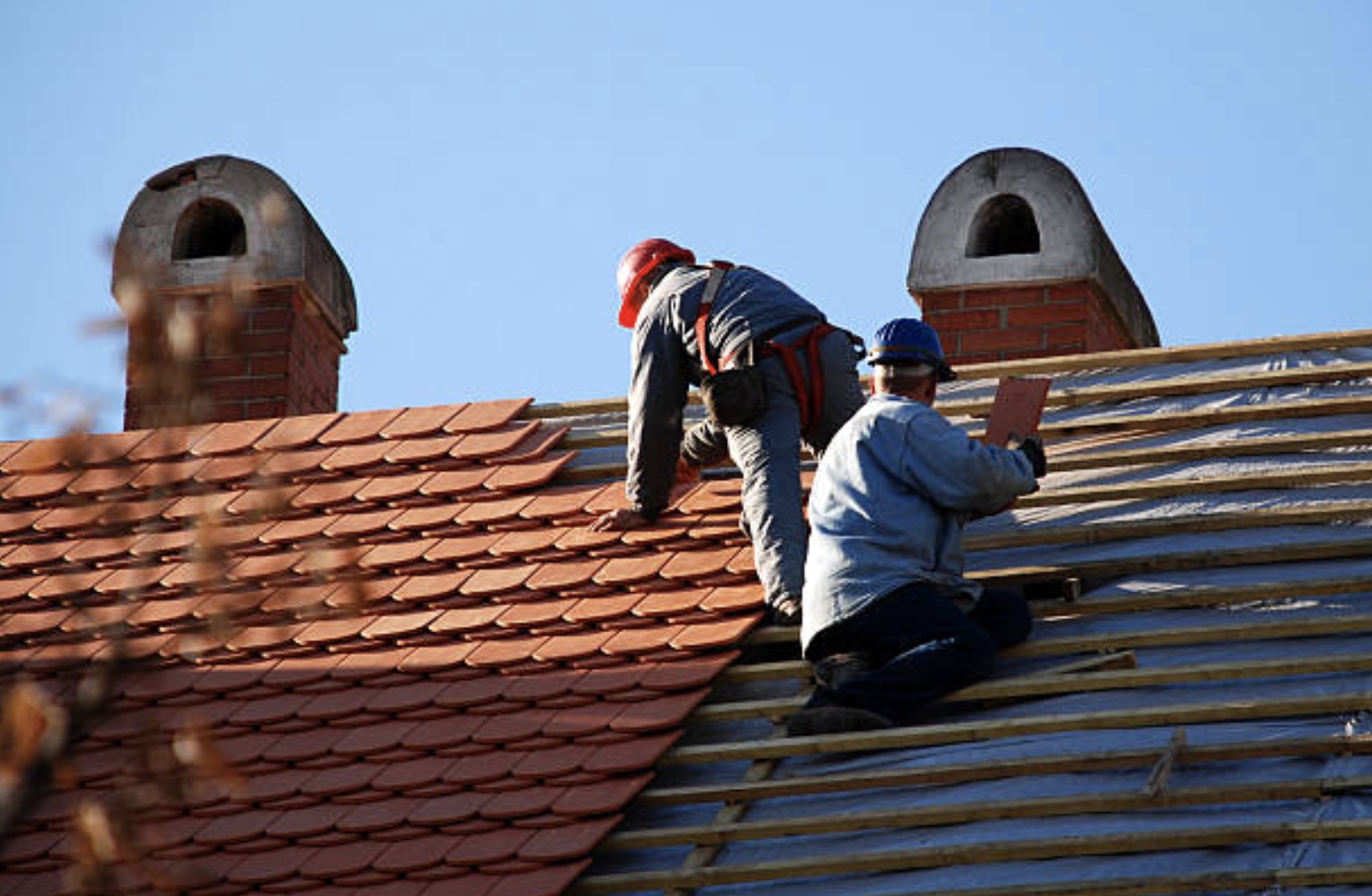A Comprehensive Guide to Effective Roofing Apartment Roofing System Installment
The ins and outs of flat roof covering installation need a precise technique, beginning with a comprehensive understanding of various level roof kinds and the important materials required for optimal efficiency. An effective installation pivots not just on the choice of materials yet additionally on the prep work and implementation of each action associated with the process. As we check out the critical points from prep work to upkeep, it comes to be obvious that neglecting also minor information can considerably impact the roof's longevity and effectiveness. What specific approaches can make certain a seamless setup that stands up to the examination of time?
Understanding Flat Roofing Types
When thinking about level roof coverings, it is important to understand the different kinds offered, as each deals distinctive advantages and negative aspects tailored to specific requirements. One of the most common kinds of level roofs consist of Built-Up Roof covering (BUR), Modified Bitumen, and Single-Ply membranes.
Built-Up Roof covering includes numerous layers of asphalt and gravel, supplying excellent resilience and climate resistance. It is specifically helpful in locations susceptible to extreme weather yet might require even more upkeep as a result of its intricate building.
Customized Bitumen is a popular option for its convenience of setup and versatility. It commonly uses a torch-applied or self-adhesive method, which can be helpful for fast repair work and long-lasting efficiency. Nonetheless, its lifespan can be shorter contrasted to BUR.
Single-Ply membrane layers, including Thermoplastic Olefin (TPO) and Ethylene Propylene Diene Monomer (EPDM), are recognized for their lightweight nature and power performance. These materials are typically chosen for business buildings as a result of their cost-effectiveness and convenience of installation (Cleveland Roofing Specialists). They may not offer the very same degree of insulation as various other choices.
Each roof kind needs careful consideration based upon climate, budget plan, and specific job needs.
Important Products for Flat Roof
A selection of essential materials are critical for the successful installation of flat roofing systems. The option of products straight impacts sturdiness, performance, and overall performance.
One of the main products is the roof covering membrane layer, which can be constructed from various substances such as polycarbonate polyolefin (TPO), ethylene propylene diene monomer (EPDM), or PVC. Each type provides unique advantages, including UV resistance and flexibility, which are essential for extended performance.
In enhancement to the membrane, insulation products play a substantial duty in energy efficiency. Inflexible foam boards or polyisocyanurate insulation are prominent choices, as they offer exceptional thermal resistance and moisture administration.
Moreover, roofing adhesives and sealants are necessary for ensuring a watertight installment. These products have to be compatible with the chosen membrane layer to stop degeneration in time.
Preparing for Installation
Appropriate preparation is crucial for an effective level roof covering installation, as it lays the groundwork for a effective and long lasting roof. Begin by carrying out a detailed assessment of the existing roof framework. Seek indications of damage, including leaks, rot, or poor drain, which can endanger the brand-new roof covering system. Guarantee that the hidden products are sound and can support the weight of the new roof covering elements.
Next, collect all required tools and materials, ensuring that they satisfy sector criteria. This includes water resistant membranes, insulation, blinking, and fasteners. Acquaint on your own with the maker's specifications, as adherence to these standards is critical for warranty functions.
In addition, guarantee that the workplace is clear of debris and obstructions to facilitate secure and efficient setup. Take into consideration climate problems; avoid setup during hefty rain or extreme temperatures, which can affect product efficiency. Educate any type of passengers of the structure regarding the future work to ensure safety and security and lessen disturbances. By taking these preparatory steps, you can improve the likelihood of a successful level roofing installment that meets both aesthetic and structural demands.
Step-by-Step Installation Process
With the groundwork established via comprehensive preparation, the following stage entails implementing the level roofing system installation systematically. This step is vital for preserving the roof covering's integrity over time.
Adhering to the vapor barrier installment, put down insulation boards, ensuring they fit firmly with each other to lessen thermal bridging. Secure the insulation home with proper bolts based upon the roof covering type and regional building regulations. Once the insulation remains in place, it's time to use the roof covering membrane. Depending upon the selected product-- such as TPO, EPDM, or changed asphalts-- set up the membrane layer according to the producer's specifications.
Make sure correct overlap at seams and edges Website to produce a watertight seal. Make use of adhesives, mechanical fasteners, or heat welding as required. Install blinking around perimeters, vents, and any type of roofing infiltrations to improve waterproofing. After setup, carry out a thorough assessment to determine any possible concerns before concluding the job, making certain a trusted and durable flat roof covering system.
Maintenance Tips for Long Life
Regular upkeep is important to make certain the longevity and efficiency of a level roofing system. One of the main jobs is to perform regular inspections at the very least twice a year, ideally in springtime and autumn. During these examinations, look for indications of wear, such as blisters, cracks, or merging water, which can indicate underlying issues.

Making sure correct drain is crucial to avoid water build-up. Examine and clear seamless gutters, downspouts, and scuppers to guarantee unhampered water circulation. Additionally, check seals around vents, skylights, and other penetrations for any kind of indications of damage, applying caulk or sealer as needed to preserve a leak-proof barrier.
Last but not least, take into consideration professional upkeep services every few years for detailed inspections and Web Site repairs. By adhering to these upkeep suggestions, you can substantially prolong the life of your flat roofing, ensuring it remains a reputable shield against the components.
Verdict
Efficient flat roofing installation requires a systematic technique encompassing comprehensive examinations, material choice, and precise prep work. Sticking to the laid out steps throughout the installation procedure ensures the correct application of roofing membranes and insulation while boosting waterproofing with efficient blinking installation.
The intricacies of level roof installment demand a careful technique, beginning with a detailed understanding of numerous level roofing types and the essential products required for optimum efficiency.Appropriate preparation is crucial for a successful level roof covering installation, as it lays the foundation for a resilient and reliable roof system. After installment, perform a detailed examination to identify any possible issues prior to concluding the task, guaranteeing a dependable and robust flat roof covering system.
